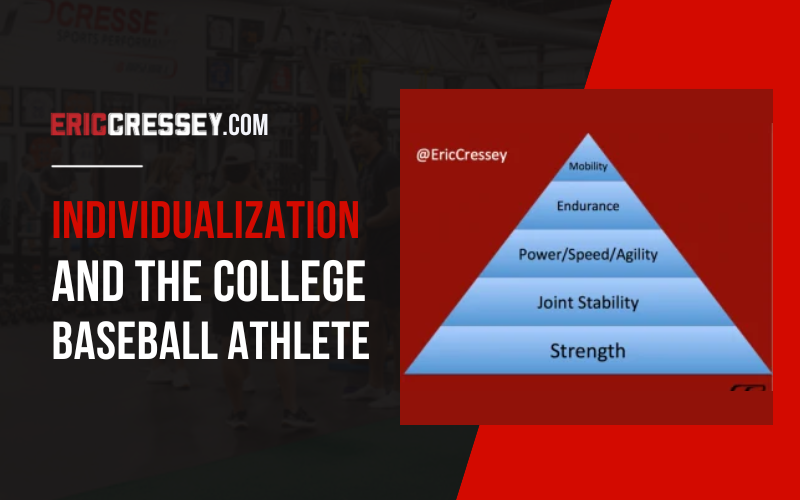Training young kids aged 9-12 can be relatively straightforward as most are hypermobile and weak. Basic programs can work well for this age group as long as they are engaging and fun. Moving on to the 13-15-year-old age group, the challenges increase with varying growth rates and physical development. In this age range, most kids benefit from twice-weekly strength and conditioning work.
As athletes reach ages 16-18, the training frequency typically increases significantly. By the time they reach their junior and senior years, many athletes are training 4-6 times per week. Building on a solid foundation of strength, athletes at this stage can start focusing on specific aspects of performance, like speed and rotational development. This transition is crucial for long-term athletic development and success.
While the early years of college training often yield positive results for athletes, challenges arise in the later years. College strength coaches face the difficult task of catering to athletes with varying levels of experience and needs, often within tight training schedules. This can lead to issues like regression in performance and increased risk of injuries.
In contrast, professional baseball organizations typically have better athlete-to-coach ratios, allowing for more individualized training and better results. At Cressey Sports Performance, the focus is on providing personalized training programs for athletes across different departments.
To address the need for individualized summer training programs for college baseball players, facilities like the ones in Florida and Massachusetts offer specialized programs aimed at enhancing performance. These programs have shown significant improvements in fastball velocity and overall athletic development for participants.








